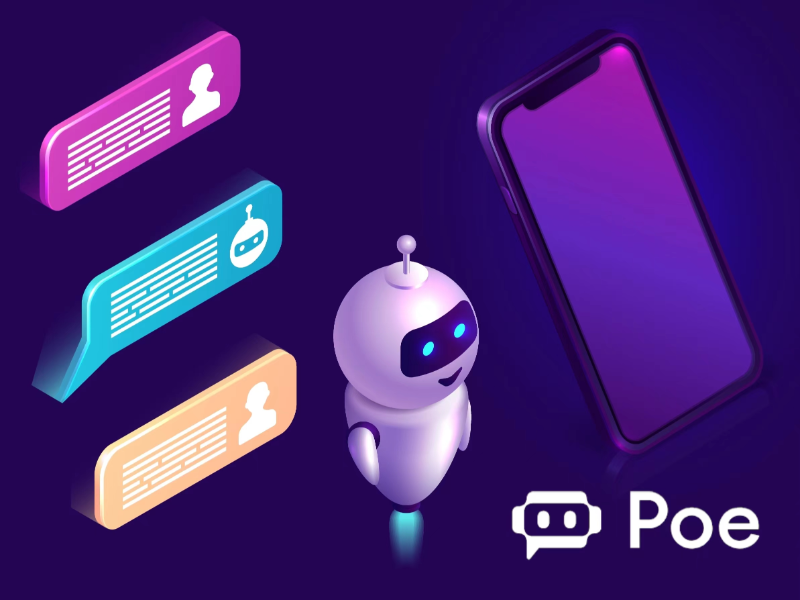- Bot creators can now earn revenue for each message sent by users using their bots on Poe.
- The platform has also introduced an improved analytics dashboard, empowering creators to obtain a more comprehensive understanding of how their pricing strategies encourage bot usage and generate revenue.
- This model facilitates the establishment of a thriving ecosystem consisting of model developers and bot creators, thereby stimulating the development of various types of bots.
Poe, the AI chatbot platform owned by Quora, introduced a price-per-message revenue model for AI bot creators on Monday. The model allows creators to set a per-message price for their bots.
Bot creators now have a new way to make money with Poe
First launched by Quora in February 2023, Poe now has a new revenue model for bot creators to make money whenever a user on the platform messages them.
The new pricing mechanism follows the revenue-sharing program wherein bot creators would receive a portion of earnings when their users subscribe to Poe’s premium product.
Alongside the per-message revenue model, Poe also launched an enhanced analytics dashboard that provides average earnings for creators’ bots across paywalls, subscriptions, and messages. Its insights are updated daily and will allow creators to better understand how pricing influences bot usage and revenue.
Also read: AI robots with super vision power ‘groundbreaking’ warehouse
Also read: Musk’s xAI to launch an improved version of the chatbot Grok
The model spurs the development of new bots
Poe’s revenue models reward those who develop “prompt bots”, as well as developer-built server bots that integrate with Poe’s AI, offering a new twist on the creator economy.
Adam D’Angelo, the CEO of Quora said that the pricing mechanism is important for developers with substantial model inference or API (Application Programming Interface) costs. He believes that it can spur the development of new kinds of bots, including in areas like tutoring, knowledge, assistants, analysis, storytelling, and image generation.

